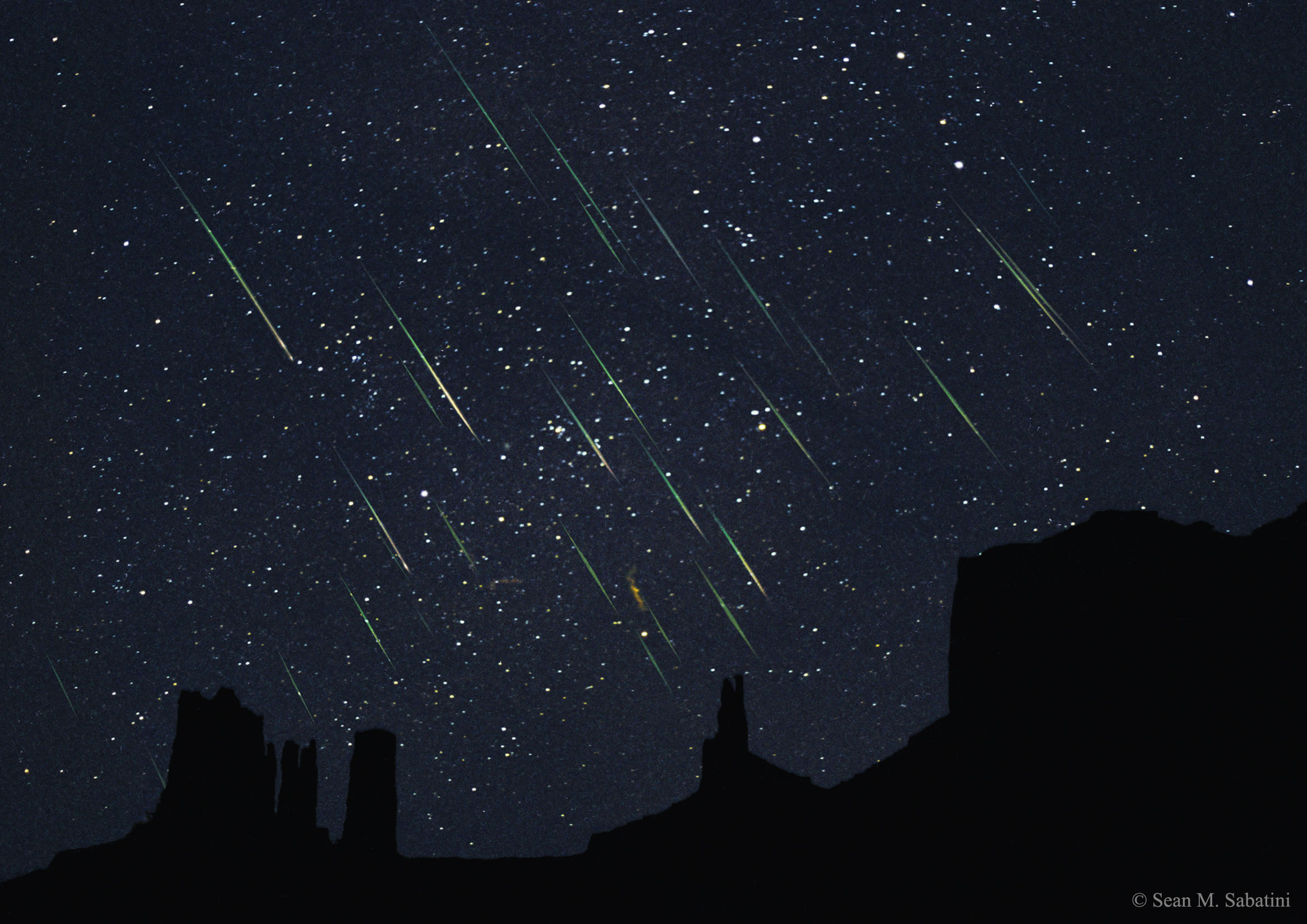
Shooting stars have always fascinated humankind, but it was only since the Renaissance that people started regarding them as a scientific phenomenon and not just a religious matter or a bad omen. Today, we know that shooting stars are fragments of comets that burn in the impact with the terrestrial atmosphere, leaving behind the familiar streak of light. However this knowledge is much more recent than we think.
Great astronomers from the 16th and 17th centuries, like Tycho Brahe and Kepler, studied comets in the hope of showing that the Celestial Spheres were not perfect and unchanging, thereby supporting the Copernican theory. But they didn’t think of a possible connection between comets and shooting stars. At the time the nature of comets was not yet known, and many astronomers, including Galileo, thought of them as local phenomena, belonging to the subunar sphere or the Earth’s atmosphere.
In 1833, a great meteor shower was observed, which was named Leonid after the apparent point of origin in the Leo constellation. We know today that the shower originated from the passage of comet 55P/Tempel-Tuttle, and can be observed every year: in 1833 it just happened to be particularly spectacular, and thus started the first real research for a possible astronomical origin of this phenomenon.
Just a few decades later Giovanni Schiaparelli, Director of the Brera Astronomical Observatory since 1862, was able to prove that there was a connection between comets and meteor showers. Schiaparelli wrote three papers and some books on this subject, clearly explaining his scientific theory and discussing its merits against the so-called atmospheric theory.
Schiaparelli studied and catalogued the orbits of known comets and noticed that some of them appeared in the sky at the same time as a meteor shower. Following this line of research he discovered that shooting stars actually originate from a specific point on the orbit of a comet. Schiaparelli then theorized that meteors could be fragments of the tail of a comet that forms when it approaches the Sun, which are left behind even when the comet is passed and gone. When the Earth crosses this trail of debris, their impact with the atmosphere lights them up and transforms them in shooting stars.
In 1872, with the passage of the comet of Biela, which was clearly visible from the Northern hemisphere, the spatial connection with “its” meteor shower became apparent, giving strong support to this revolutionary theory.
